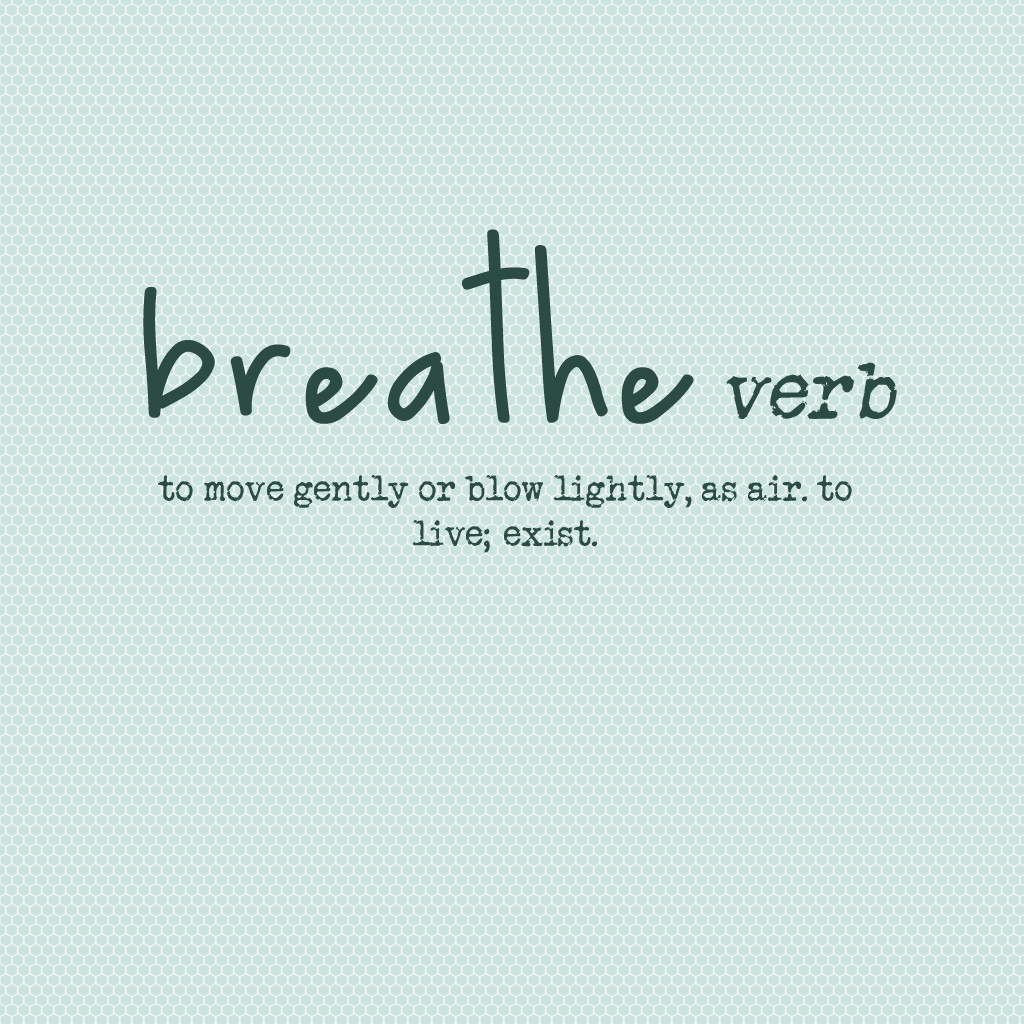If a man has ten good qualities and one bad one, look at the ten and forget the one; and if a man has ten bad qualities and one good one, look at the one and forget the ten. ‘Abdu’l-Bahá
What we focus on will come alive.
The concept of living a dichotomous life is one that I have been reflecting on lately. I grew up a blended story: Always the rhythm of my father's culture beating in my veins. Always the inquisitive call of my mother's people pulling me forward. Between my Anglican and Quechua roots I was always in motion, even if I was still. Always seeking, dancing, feeling, moving between the different chords of sounds, tastes and visions my parents' cultures gave me. So the idea of choosing one, emphasizing one, is not something I ever felt impelled to do. If you saw me, spoke with me, engaged in a little time with me, my father's culture would initially jump out. I remember consciously nurturing this culture within me and seeking it out - primarily because living in a society whose dominant culture is White middle class, my mother's New England culture was not hard to find or grasp. It was my father's culture, that kept eluding me as I tried to find it in the world around me. But when others looked at me, immediately I was pegged: Latina.
The concept of living a dichotomous life is one that I have been reflecting on lately. I grew up a blended story: Always the rhythm of my father's culture beating in my veins. Always the inquisitive call of my mother's people pulling me forward. Between my Anglican and Quechua roots I was always in motion, even if I was still. Always seeking, dancing, feeling, moving between the different chords of sounds, tastes and visions my parents' cultures gave me. So the idea of choosing one, emphasizing one, is not something I ever felt impelled to do. If you saw me, spoke with me, engaged in a little time with me, my father's culture would initially jump out. I remember consciously nurturing this culture within me and seeking it out - primarily because living in a society whose dominant culture is White middle class, my mother's New England culture was not hard to find or grasp. It was my father's culture, that kept eluding me as I tried to find it in the world around me. But when others looked at me, immediately I was pegged: Latina.
 |
| The author, Ymasumac |
I remember once sharing this struggle with both my mother and aunt, who were born and raised deep in the heart of New England in the Northeast corner of the United States. I felt this struggle strongly; every syllable I shared held the emotion of this tension within me. My aunt, in an effort to soften my feelings said, "But Yma, you're White." I immediately shot back and said, "Aunt J, nobody looks at me and thinks White girl!" I didn't mean to be so direct, but that was it. The world defined me by my appearance and nothing else. So I was of one hue.
There have been many moments that define my position of not choosing sides; this was definitely one of them. My aunt was right. I was a White girl from European-ancestry-some blue blood-some gypsy and very much a Latina-Indigenous-Daughter of an immigrant girl as well. So I have embraced both and move through them consistently and with purpose, grateful I have a walk that refuses to choose sides. This has permeated my world view and all that connects to it.
It is for this reason I was pretty excited when I saw that Hampshire College has chosen to move away from one of the most stressful, isolating and often expensive experiences of moving into higher education: standardized tests. In the article I read from the Washington Post it states that Hampshire College has decided to refuse to accept the SAT or ACT as part of their admission process! Priceless!
These tests carry such a narrow scope of reality and thinly slice a student's learning into one small point. Most universities state this is only "one" facet of the entire application they look at...but if as a society we are known to view things from a dichotomous position, how can it not narrow our vision when we see a high, or worse, a low score? All else becomes a blur. Like me, everything else about me falls away if all I say is, I'm Latina or White, which I'm not allowed to anyway because of my physical appearance...another illusion - it dismisses the Quechua in me that held such strength and courage, it ignores the curious and inquisitive nature of my European ancestors and the countless amazing women on both sides who held life together in a strand of love when the world told them they were of lesser value.
We are all a make-up of our ancestors. We cannot slice them into bits and dismiss those parts that are not part of the physical illusion of who we are. What the eye can see is not always true. We have to dig deeper and perceive the wholeness in all things.
Hampshire confirmed this idea that every time we focus on one area with too much emphasis, others can become minimized. According to Hampshire College, when they no longer had the SAT or ACT to filter the student's application through, "...every other detail of the student’s application became more vivid."
 |
| Commons area of Hampshire College |
We are all a make-up of our ancestors. We cannot slice them into bits and dismiss those parts that are not part of the physical illusion of who we are. What the eye can see is not always true. We have to dig deeper and perceive the wholeness in all things.
Hampshire confirmed this idea that every time we focus on one area with too much emphasis, others can become minimized. According to Hampshire College, when they no longer had the SAT or ACT to filter the student's application through, "...every other detail of the student’s application became more vivid."
Learning is this way too. We cannot slice learning into parts and say because of one slice being deficient, the whole will not succeed. I have watched my youngest son, a boy of incessant curiosity, who excels in all endeavors that interest him - academically, sports, piano - as well as carry a spirit of service in these efforts, struggle intensely during standardized tests. They demoralize and handicap his thinking about his potential because he is not able to demonstrate the breadth of his learning. We work with him continuously to continue to look at the whole. This is difficult when society, and especially our educational structures that reflect society, look at the world in parts and give value and weight to these parts differently. For example, we give an A for excellence. But what does this mean exactly? Excellent in what? Does excellence have an end? Do we finish the quest for excellence? How can we quantify something when it is a continuous expression and acknowledgment of growth in areas of exploration? This also opens up the discussion of whose filter are we looking through that determines "excellence"? Suffice it to say that when it comes to the dominant culture in our society, the filter of our educational system is most always White middle class, eliminating whole swaths of humanity.
Children are born naturally as active agents of their own learning; we cannot continue as a society to stifle this natural desire in them to explore the world they live in. It is not enough to blame the educational system, when as parents we direct so much of the learning as well in our own home learning environments. Or as a society we build the structures and spaces for engagement and innovation. Blame will not bring about the exploration and change we desire. We need to rethink what learning looks like and how we will quantify learning - at school, home and in our working environments.
When a respected institution, like Hampshire College, takes a bold step to eliminate such an archaic form of assessing learning and success, such as the SAT and ACT in their application process - we must ask ourselves, how will we respond to these forces around us and support the outliers who are creating change and new avenues of thinking?
I for one will continue to reflect on my own learning environment that I co-create with others. I will also encourage my son to apply to Hampshire College and be a part of innovative change, as is the desire of his heart.
Children are born naturally as active agents of their own learning; we cannot continue as a society to stifle this natural desire in them to explore the world they live in. It is not enough to blame the educational system, when as parents we direct so much of the learning as well in our own home learning environments. Or as a society we build the structures and spaces for engagement and innovation. Blame will not bring about the exploration and change we desire. We need to rethink what learning looks like and how we will quantify learning - at school, home and in our working environments.
When a respected institution, like Hampshire College, takes a bold step to eliminate such an archaic form of assessing learning and success, such as the SAT and ACT in their application process - we must ask ourselves, how will we respond to these forces around us and support the outliers who are creating change and new avenues of thinking?
I for one will continue to reflect on my own learning environment that I co-create with others. I will also encourage my son to apply to Hampshire College and be a part of innovative change, as is the desire of his heart.













